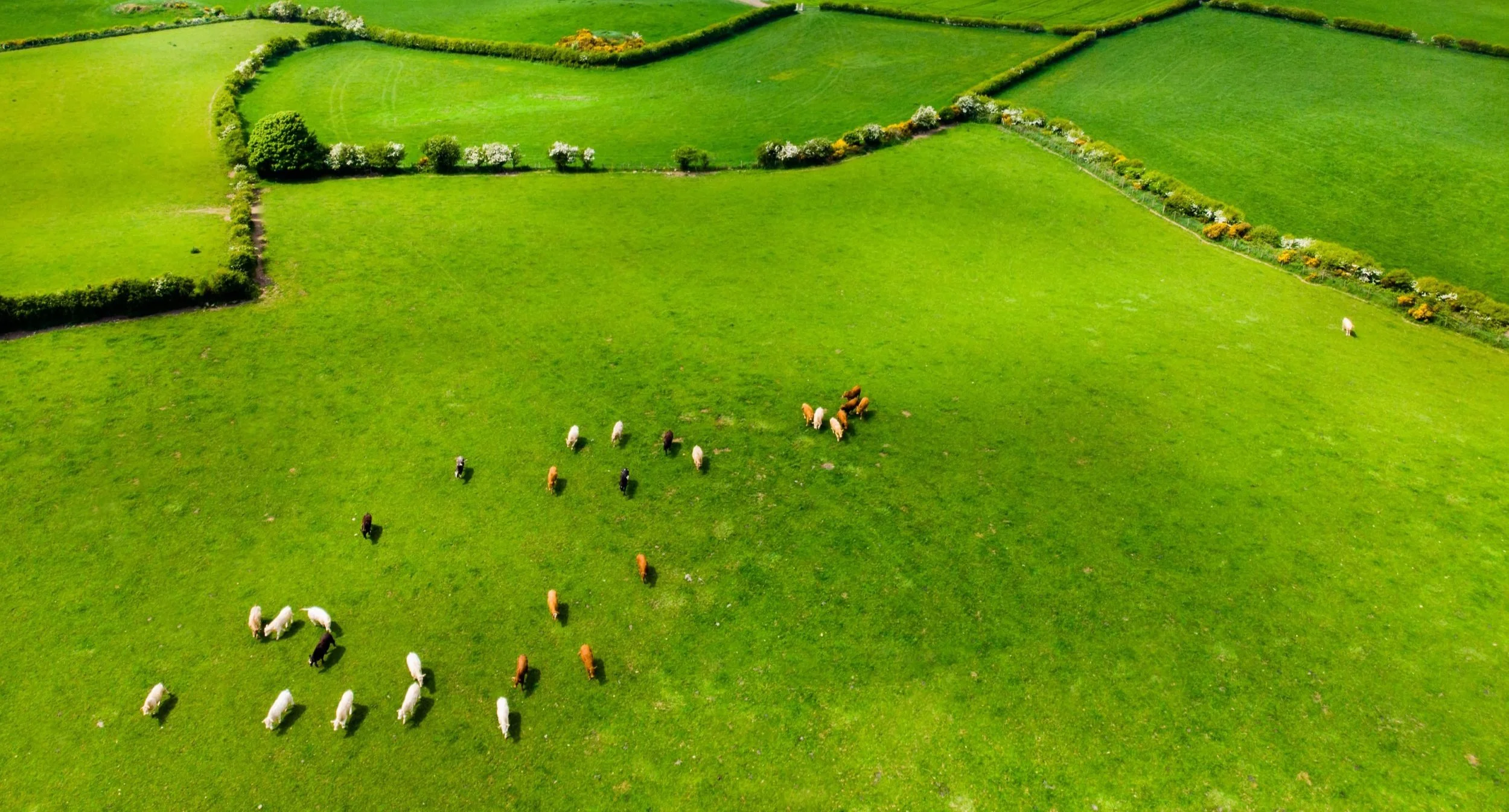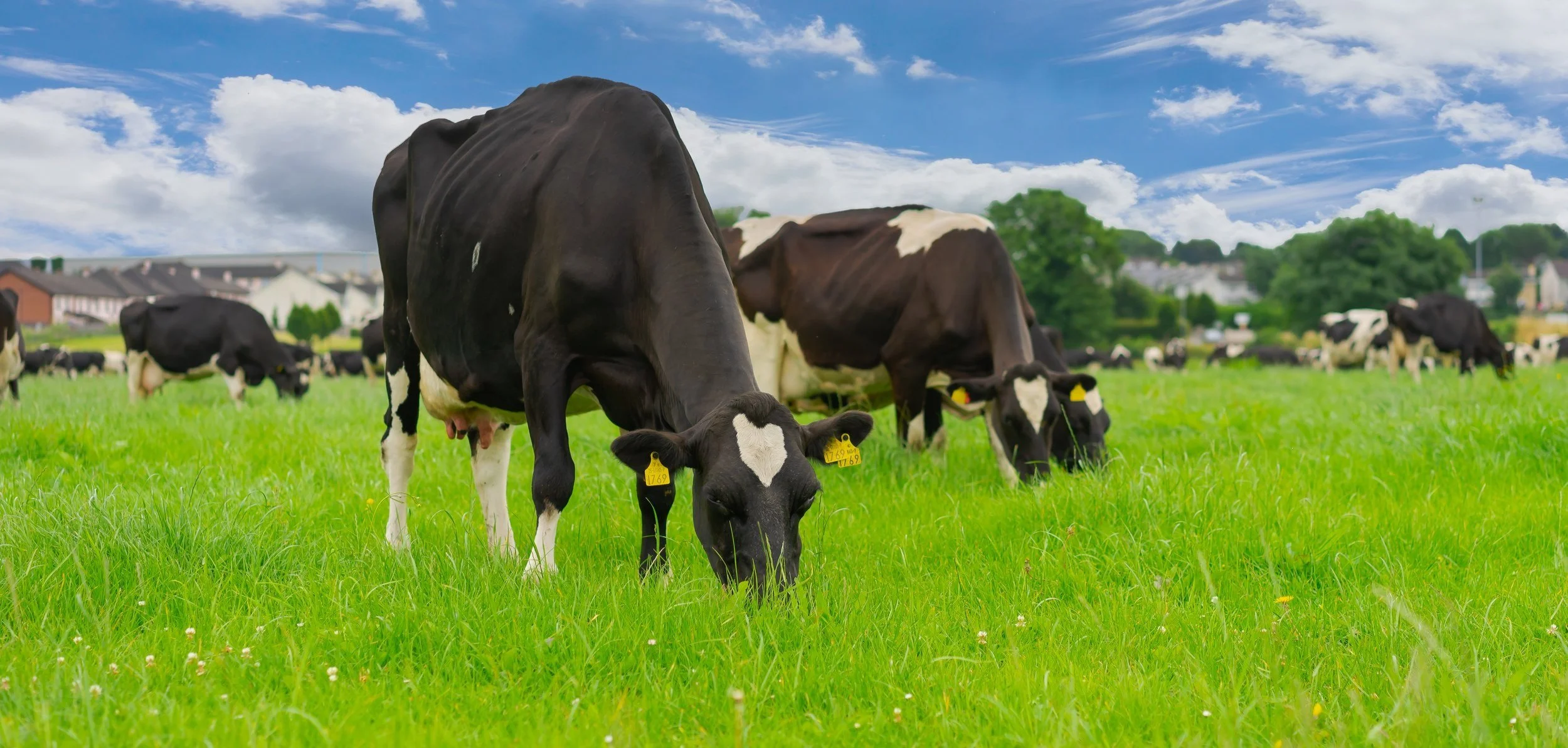The Role of Grass-Fed Milk in Cheddar Perfection
Cheddar cheese is the darling of the cheese world, beloved for its rich flavor, versatile uses, and iconic status as a comfort food staple. While the art of cheese-making is an intricate dance of ingredients and techniques, the quality of the starting point — milk — cannot be understated. Today, we're deep-diving into the dairy origins of this esteemed cheese and exploring why grass-fed milk isn't just a trend but a transformation in taste and nutrition.
At the heart of cheddar cheese lies milk, the liquid gold that, when crafted with care, gives us one of the tastiest delights known to humankind. In the making of cheddar, milk is gently coaxed into curds, brined, aged, and voilà — a block of cheddar is born.
The quality of the milk is pivotal in determining the texture, flavor, and overall quality of the final product. Unlike other cheeses, cheddar is not traditionally made with raw milk, emphasizing the importance of starting with milk of the highest standard to achieve the lusciousness we expect from our cheddar slices and shreds.
Milk is not simply milk. The diet and living conditions of the milking cows greatly influence the composition of the milk. Grass-fed cows are known to produce milk that is richer in flavor and higher in beneficial nutrients.
When cows graze on natural pasture, their milk reflects the varied diet, resulting in a nuanced flavor profile in the cheeses made from it. Studies have shown that grass-fed milk contains more omega-3 fatty acids, conjugated linoleic acid (CLA), and beta-carotene, providing a healthier product that aligns with the better-for-you movement in food culture.
Consumers are becoming increasingly aware of how their food choices impact nutrition. This shift in focus has seen a surge in popularity for grass-fed products, including dairy. Cheese aficionados and health-conscious consumers alike are drawn to grass-fed cheddar for its impressive nutritional profile.
Omega-3 fatty acids are known for their heart-healthy properties, and CLA is associated with various health benefits, including potential anti-cancer effects. Grass-fed milk's higher levels of these healthy fats are a significant draw for those looking to enhance their diet with functional foods.
The beta-carotene in grass-fed milk translates to a deeper, richer orange hue in cheddar cheese, often an indicator for consumers of the quality and flavor they seek. Beta-carotene is also a precursor to vitamin A, essential for good vision, a healthy immune system, and cell growth.
Taste is perhaps the most important aspect when it comes to evaluating cheddar cheese. Grass-fed cheddar offers a more complex and flavorful experience, with notes that range from nutty and earthy to fruity and full-bodied. This is due to the 'terroir' effect on the milk — just as wine grapes draw from their soil, the diet of the cow imparts unique flavors to the milk and, subsequently, the cheese.
The grass-fed movement is not only about taste and nutrition. It's also about ethical eating and sustainability. Grass-fed cows enjoy a more natural diet and lifestyle compared to their industrial counterparts. By choosing grass-fed products, consumers support a farming model that is generally kinder to the environment and more in tune with traditional, pasture-based agriculture.
In concluding the discussion on the role of grass-fed milk in cheddar cheese, it's important to see it in the larger context of the role of dairy in our lives. Grass-fed milk provides an opportunity to enjoy cheddar cheese not only for its indulgence but also as part of a holistic approach to diet and well-being.
For those who care deeply about where their food comes from and what it offers nutritionally, grass-fed cheddar cheese presents a compelling story. It is a product of not just one, but many good choices — from the pasture to the plate.
The narrative behind grass-fed milk and cheddar cheese is one of quality, health, and sustainability. Whether you're a culinary explorer or a health-conscious gourmet, the allure of grass-fed cheddar is undeniable. It is a beacon in the changing dairy landscape, guiding us towards a better, more flavorful future.
In the end, the pursuit of cheddar excellence through grass-fed milk isn't just about creating exceptional cheese; it's about fostering a connection between the food we eat and the land it comes from. This bond, woven into the very fabric of the cheddar-making process, ensures that every mouthful of grass-fed cheddar is as rich and rewarding as the principles it’s made upon.



